In this week’s closer look, we are going to look at the Earth-facing missions that are getting dragged down by our atmosphere and will be forcibly retired by physics in the next few years, again with no replacements in the works. These missions allow us to do...
3.16 Federal Budget Cuts: An Extinction Level Event
This week we look at how the elimination of science programs, projects, datasets, and funding may be shaping into an extinction-level event for US Space-related sciences. Come cry with us.
3.15 From the beginning of the universe to the beginning of spring, it’s all science
There are certain things I check on when I prepare every episode. One of those things is the status of Vera Rubin Observatory and its upcoming Large Survey of Space and Time. The camera was delivered a while back, and first light images could come any day. Getting us...
3.14 Space is hard: IM2 Failure, Starship 8 explosion, Mars Sample Return delays, and more
This week’s episode was hard to bring into focus because every time I thought I knew the story lineup, something new came out demanding to be included. In the end, some of that stuff is just going to wait. For instance, news came out earlier today, March 20, that the...
3.13 The Book of Mars, Star Formation, and More
I’m recording this on March 5. At this point in time, there is no new NASA administrator and we continue to live in the liminal space where the massive layoff that have struck so many Federal Agencies are still somehow only touching the edges of Space Science. We seen...
3.12 Temperatures That Kill
Our episodes have been slightly more spaced out for a couple of months for different reasons. First, there were the holidays. Since then, I and some colleagues have been putting significant effort into a pair of tiny NASA grants as we try to get ahead on our work in...
3.11 Space stories of joy
This week I'm coming to you from Florida, where I have had the amazing opportunity to see the launch of Firefly Aerospace's blue ghost and iSpaces Mission 2. I didn’t see New Glenn launch in person due to a conflict with PodFest, but all in all, it is a week of too...
3.10 Science Here & Far: The Moon, Asteroids, Dark Comets… & Dark Energy
I’m coming to you from 1 week before Christmas 2024. I have to admit, at the moment my brain is occupied with just 3 things: Will I finish the knitting I need to finish before Christmas Day? Will Firefly Aerospace’s Blue Ghost launch while I’m in Florida for PodFest?...
3.09 Searching for Dark Energy in Black Holes
Here in the United States, it is the Thanksgiving Holiday weekend. While I’m script writing in southern Illinois, Ally, our producer is working on her other podcast, “Big Impact Astronomy.” While I’m sure both our families would rather we took the time to relax,...
3.08 By fire and ice: mass extinctions gone wild
I’m writing and recording this on November 14. It is now 9 days after the US elections and we now know that the Republicans now control all three branches of the US government. Historically, Republican controlled administrations have been good for science and have...
Ep. 3.07 Aerospace vs Climate Change
I am currently wishing we produced a weekly show because this past week has been full of news that is surreally relevant to both Space Exploration and the elections. We’ve seen Jeff Bezos, owner of the Washington Post, Amazon, and aerospace company Blue Origin, have...
Ep. 3.06 Hera and Clipper plan on getting up close with other worlds, and Black Hole News
This episode is coming to you late because sometimes we’re guilty of just wanting to see how a story ends. 2 weeks ago, I was planning to drive to the Space Coast and try to watch Hera launch on October 7 and Clipper launch on October 10. Instead… I watched from home...
Ep. 3.05 SpaceX vs FAA and EPA and Cards Against Humanity
This week we’re doing something we’ve never done before; we’re dedicating the majority of the show to a single story: SpaceX’s recurring failure to follow the rules, regulations, and norms of international spaceflight. We have the receipts, and we hope that you will...
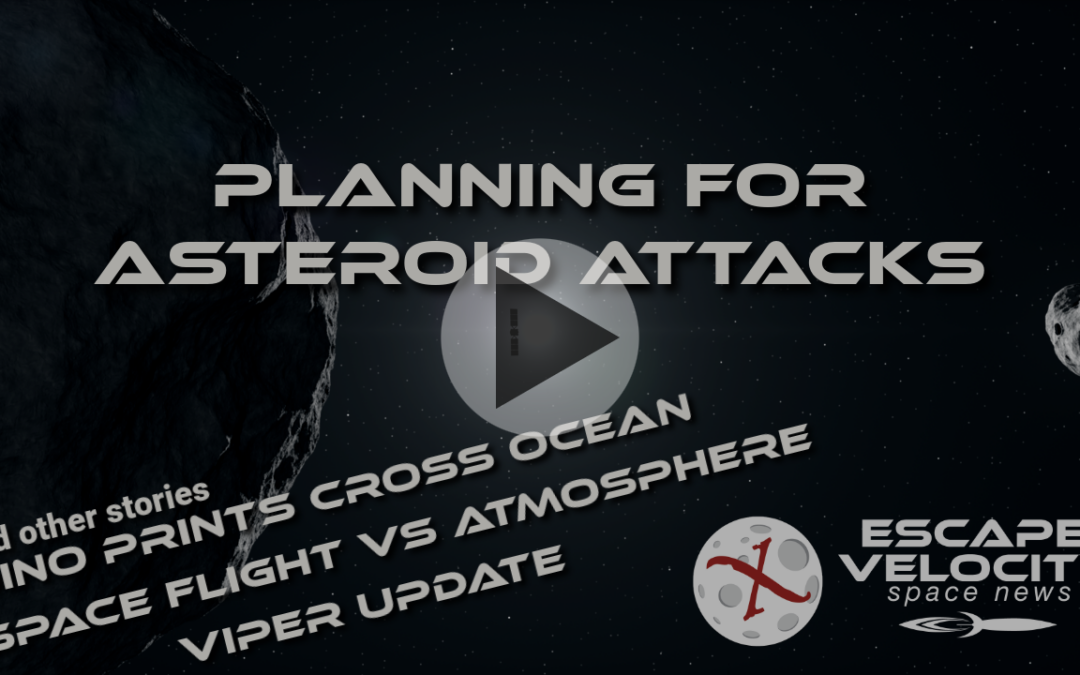
Ep. 3.04 Planning for Asteroid Attacks, Dino Prints Cross Ocean, Viper Updates, & more
This is another weird week for space news, where it felt like human space exploration was going to steal every headline. We saw the successful return to Earth of Boeing’s Starliner capsule, the successful launch of Polaris Dawn and what appears, at the time of this...
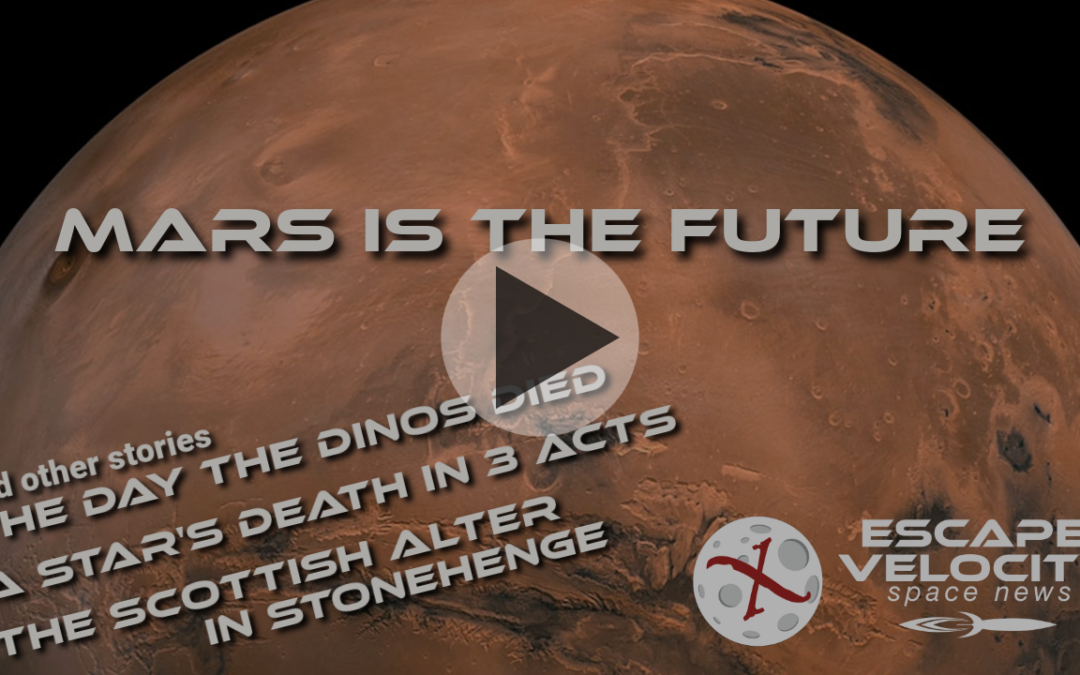
Ep. 3.03 Mars is the future, the day the Dinos Died, a Star’s Death in 3 Acts, and more
I have to admit, realizing it is somehow late August was a bit startling. I’m not entirely sure where my summer went, but I am grateful that my garden is finally producing veg, and the temps are starting to slowly trend downward. The Dog Days of summer are named for...
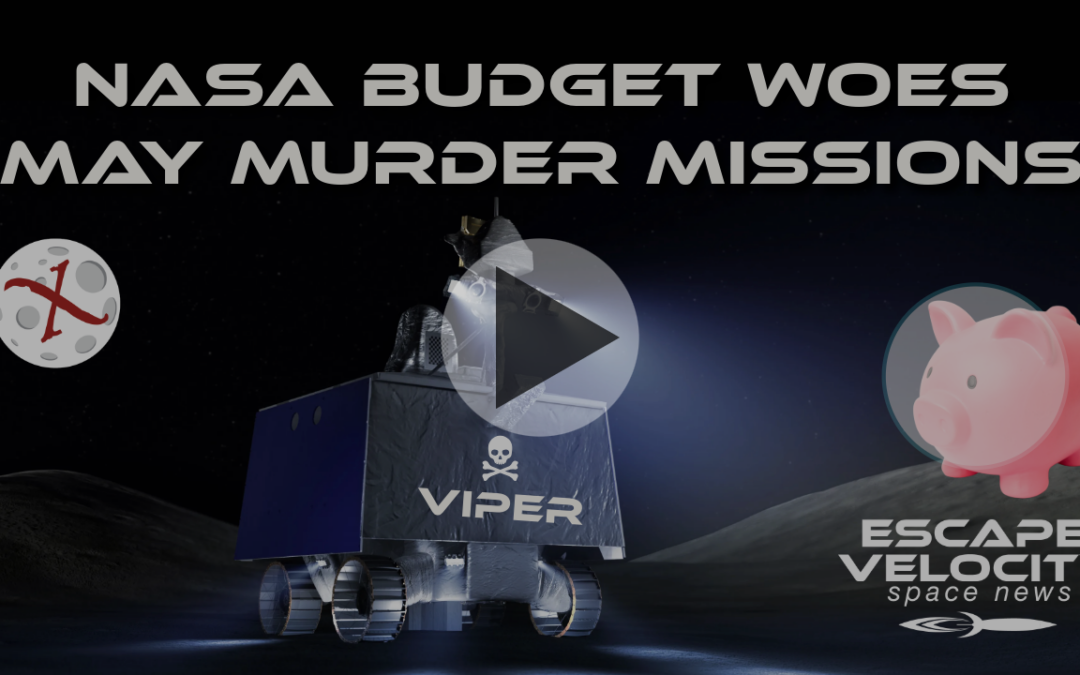
Ep. 3.02 NASA Budget Woes May Murder Missions
Putting this episode together has been a bit of a wild ride and we actually delayed the episode for one week because I was hoping to see some of the stories on our list to cover come to some kind of a resolution. But no… 5 extra days later, we’re still not...
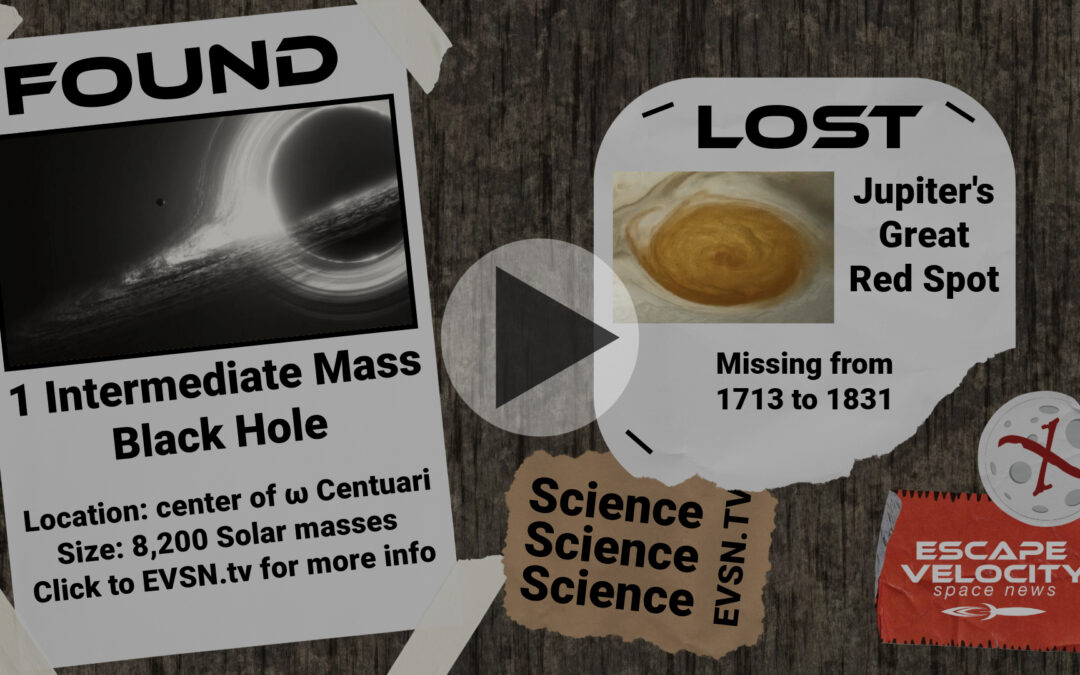
Ep 3.01: Found – 1 Intermediate Mass Black Hole
Let's take a fast-paced journey thru all that's new in space and astronomy, including how Jupiter's Great Red Spot went missing, Io's Lava Lake, Titan's coastal erosion, and this week's tales from the launch pad. We also look closer at the discovery of the first...

Ep. 2.24: JWST Reveals Star Formation Details
Let's take a fast-paced journey thru all that's new in space and astronomy, including Mars Perseverance Rover fords an ancient river, black holes sometimes form like baby stars, and this week's tales from the launch pad. We also look in detail at how JWST images...
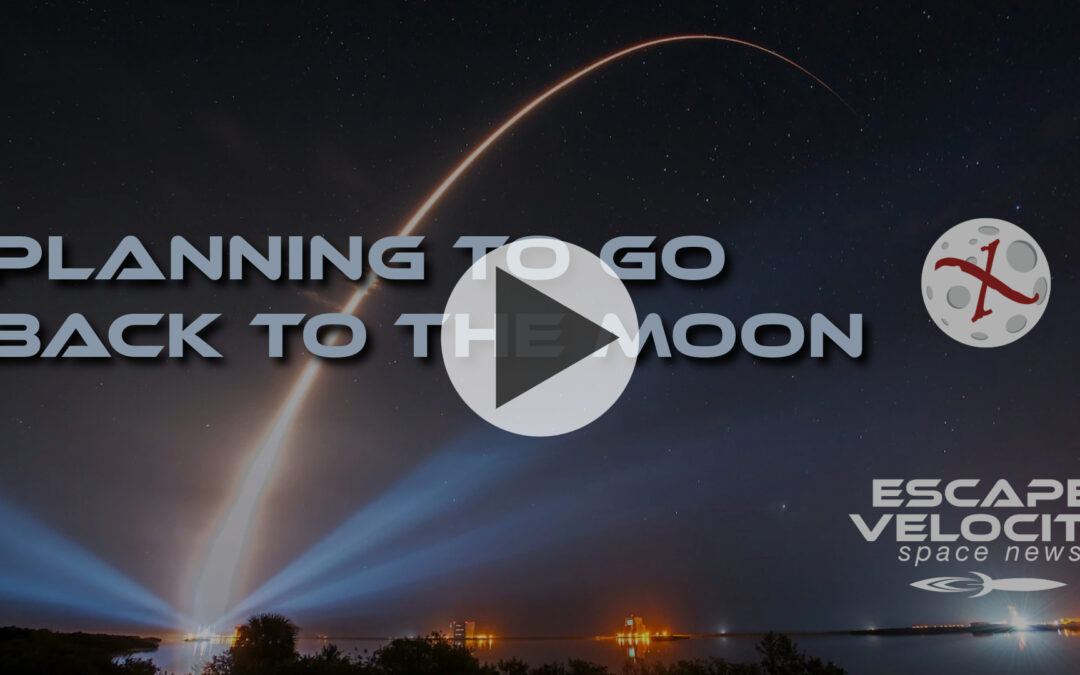
Ep. 2.23: Planning to go back to the Moon
Let's take a quick tour of the latest news, including updates on the Hubble Space Telescopes and single gyro operations, EUCLID's image release, an amazing new image of Io by LBT, and new calculations of Pluto's oceans. We also look in detail at plans to return humans...
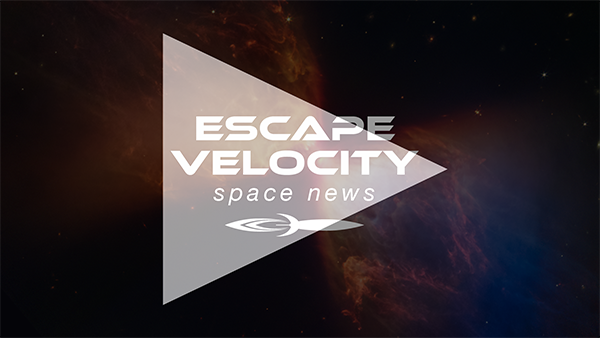
S2 Ep 22: Climate in Crisis (and stars in formation)
In this episode, we bring you stories on how JWST - Not LIGO and Virgo - spotted the most distant Black Hole merge to date, why the search for life on other worlds gets more challenging the more we look, and we take a deep dive into the things we’re doing that cause...

S2 Ep 21: Carrington 2024
In this episode, we’re taking a closer look at Sunspot complex 3664 and the beautiful chaos that it’s been creating. And because we’re in a planetary science kind of mood, we’re also looking at stories related to observing weather on alien worlds, the history of Mars...

S2 Ep 20: Io and Juno Begin to Part Ways
In February, on the closest approach, NASA's Juno spacecraft was within 930 miles of the closest moon Io’s surface. Since then, Juno’s orbit has been shrinking, bringing the mission closer to Jupiter and away from the circling Galilean moons. Io and Juno have parted...

S2 Ep 19: Catch the (Alien) Rainbow
As scientists discover and explore the atmospheres of more and more planets orbiting stars other than our Sun, we are learning that if you can imagine it, it probably exists. In a new paper discussing the planet WASP-76b, researchers describe what appears to be a...

